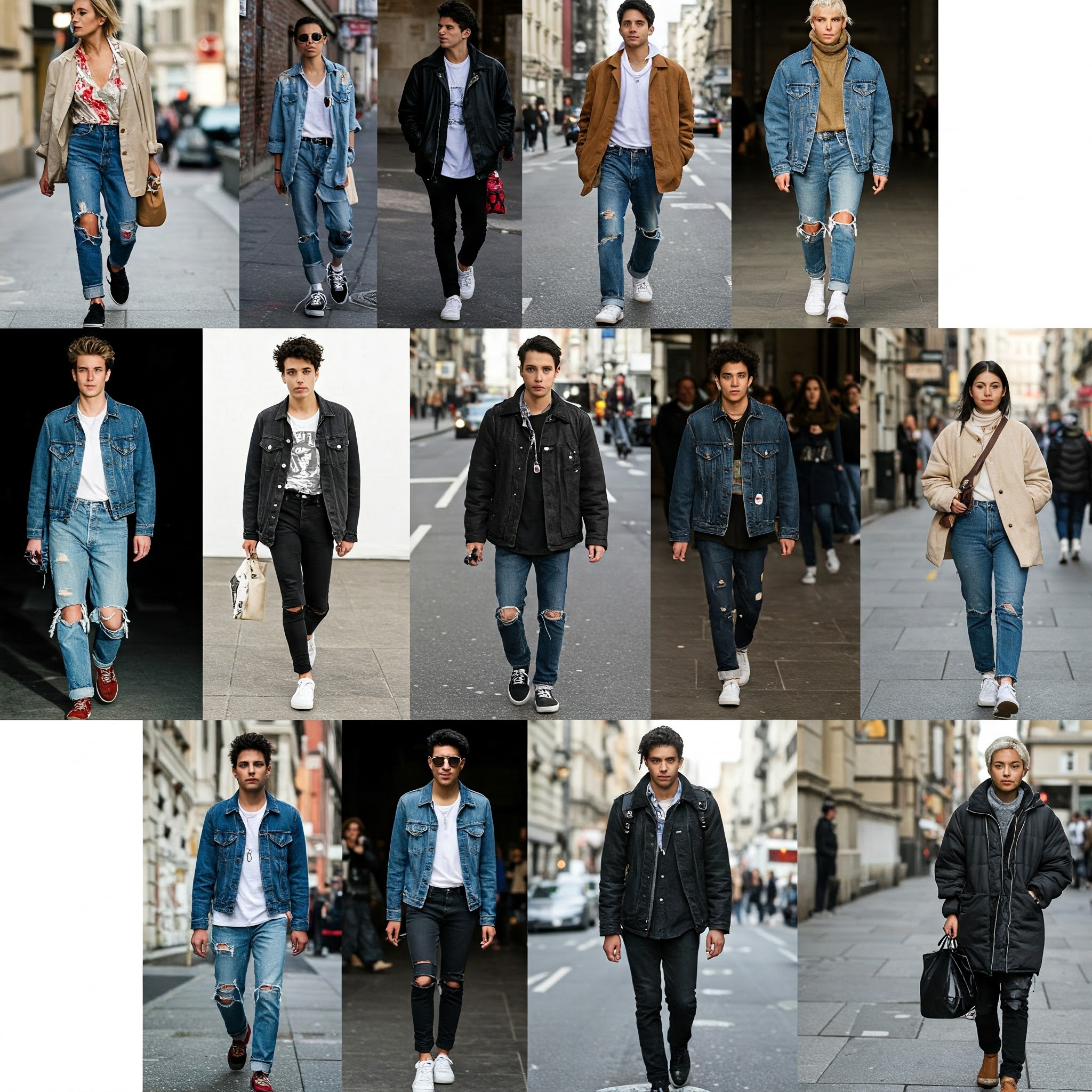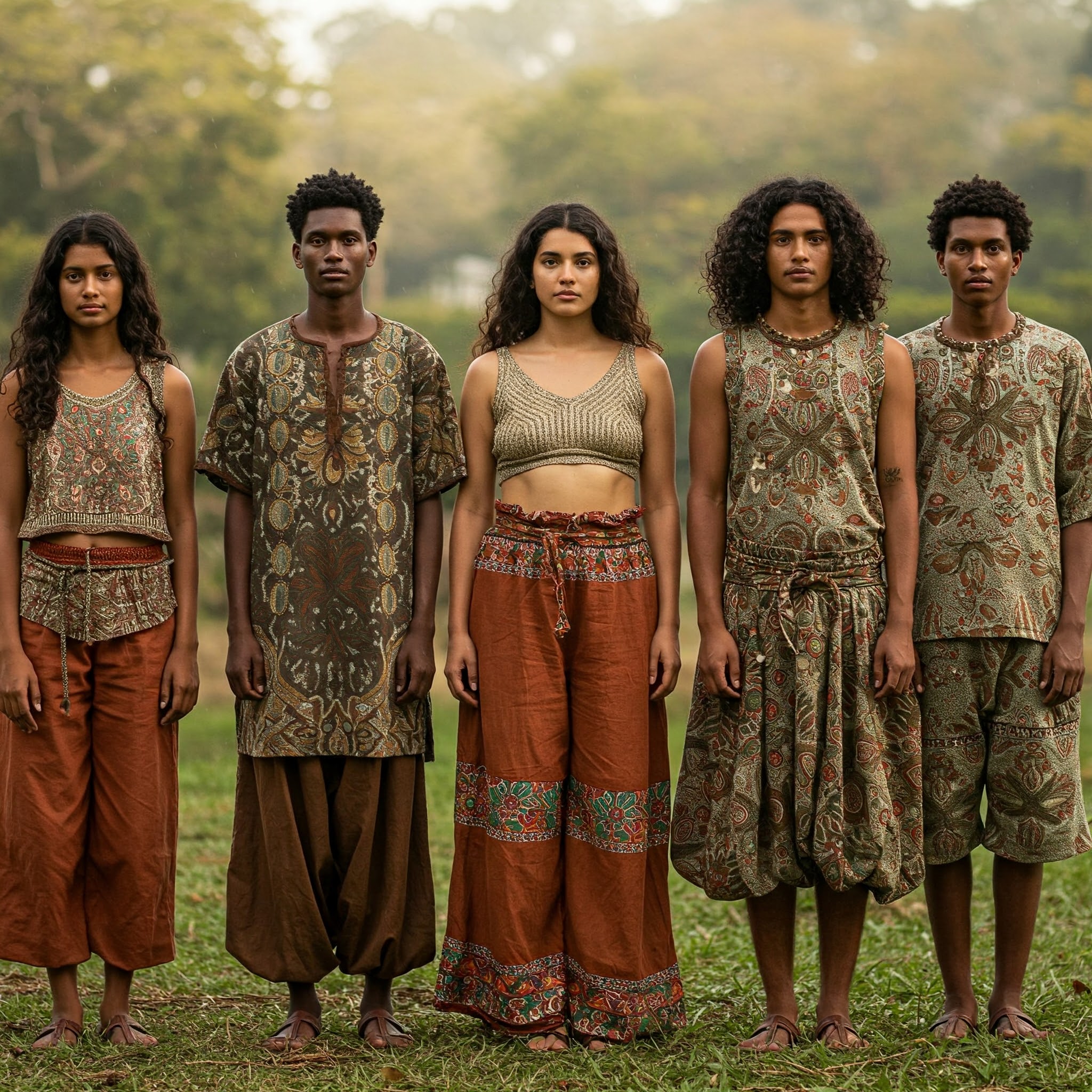No products in the cart.: $0.00
The Evolution of Street Style: From Subcultures to the Mainstream

Street style, once a fringe phenomenon born from the creative expression of urban subcultures, has exploded into a global force that profoundly influences the fashion industry. No longer confined to the sidewalks of major fashion capitals, it has become a ubiquitous source of inspiration, captured and disseminated through the lens of countless photographers and social media platforms. Understanding the evolution of street style reveals a fascinating interplay between grassroots creativity and mainstream adoption.
In its early iterations, street style was deeply rooted in rebellion and identity. Subcultures like the punks of 1970s London, with their anti-establishment aesthetic of ripped clothing and safety pins, or the hip-hop artists of 1980s New York, who popularized oversized silhouettes and bold accessories, used fashion as a powerful tool for self-expression and group affiliation. Their unique styles, often born out of necessity or a desire to challenge societal norms, organically emerged from the streets, reflecting the music, art, and social movements of their time.
The rise of the internet and digital photography in the late 20th and early 21st centuries marked a significant turning point for street style. Suddenly, the distinctive looks of individuals outside the traditional fashion system could be documented and shared globally. Bloggers and photographers, armed with their cameras, became the new chroniclers of style, capturing the unique and inspiring outfits of everyday people. Platforms like The Sartorialist, created by Scott Schuman, played a pivotal role in elevating street style photography to an art form and showcasing the diverse and often unexpected ways people interpreted fashion.
This democratization of fashion imagery had a profound impact on the industry. Designers and brands, once solely dictating trends from the top down, began to look to the streets for inspiration. The authentic and individualistic styles captured by street style photographers offered a fresh perspective, reflecting real-world interpretations of fashion and often anticipating emerging trends.
Social media platforms further amplified the reach and influence of street style. Instagram, in particular, became a visual playground where individuals could showcase their personal style and connect with a global audience. Influencers, often starting out by sharing their own street style looks, amassed huge followings and became powerful voices in the fashion landscape. Street style became not just about observation but also about participation, with individuals actively curating and sharing their outfits.
The lines between “high fashion” and street style have become increasingly blurred. Designers collaborate with street style stars, and luxury brands draw inspiration from the aesthetics seen on the streets. The concept of “personal style” has gained prominence, with individuals encouraged to express their unique identities through their clothing choices, rather than blindly following seasonal trends.
However, the mainstreaming of street style has also brought about certain critiques. Some argue that the relentless pursuit of the “perfect” street style shot has led to a degree of performativity and inauthenticity. The pressure to create visually striking outfits for social media can sometimes overshadow genuine personal expression. Additionally, the commercialization of street style has led to concerns about fast fashion brands capitalizing on street style trends, further contributing to unsustainable consumption patterns.
Despite these challenges, the evolution of street style remains a testament to the power of individual creativity and the dynamic relationship between fashion and culture. From its rebellious origins in subcultures to its current status as a global phenomenon, street style continues to evolve, reflecting the changing times and the diverse ways in which people use clothing to express themselves and connect with the world around them. It serves as a constant reminder that style is not just about what designers create but also about how individuals interpret, adapt, and ultimately own their fashion choices on the streets.


